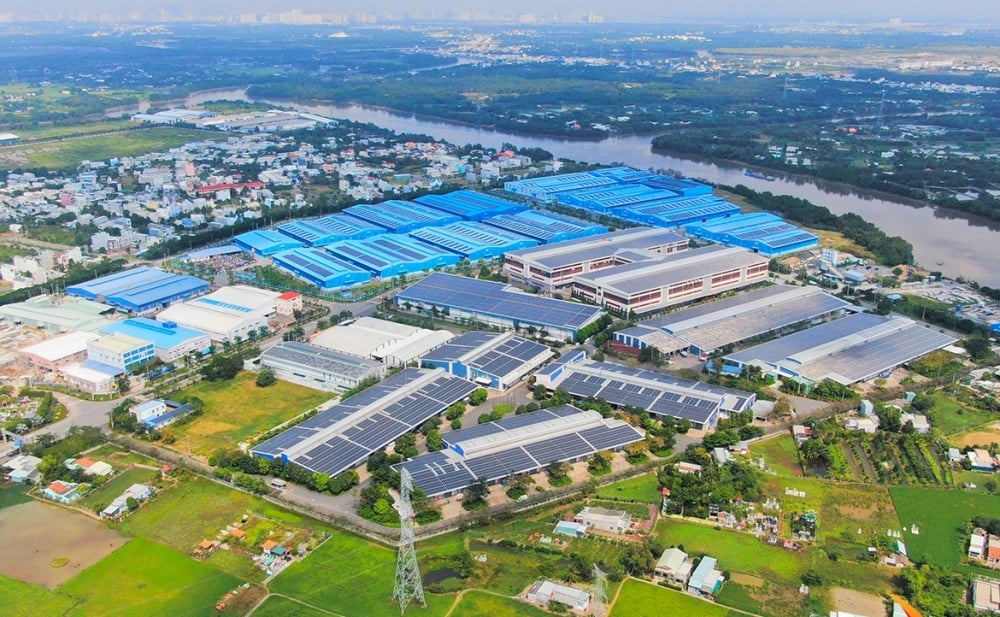 |
| Industrial park land rental prices have increased by 35% in the North and 67% in the South, while occupancy rates remain high, reaching 81-83% in the North and up to 92% in the South. |
The merger of provincial administrative units, such as the proposed merger of Ho Chi Minh City with Binh Duong and Ba Ria - Vung Tau , is creating a new economic zone with a GRDP that could exceed VND2.5 quadrillion, equivalent to 24% of the country's GDP. This not only changes the administrative map but also repositions industrial centers, logistics infrastructure and production value chains.
According to CBRE Vietnam, from 2020 to 2024, industrial park land rental prices increased by 35% in the North and 67% in the South, while occupancy rates remained high, reaching 81-83% in the North and up to 92% in the South. In 2024, land rental prices in the South continued to increase by 10-18%. These figures reflect demand far exceeding supply - which has been the catalyst for the stock prices of industrial park real estate to break out.
KB Securities Vietnam Joint Stock Company (KBSV) analyzed that industrial park stocks are currently priced at a discount to book value, while land assets are facing a revaluation cycle due to the provincial merger policy. The difference between book value and market value is an attractive space for capitalization increase.
The stocks that have led the wave of the industrial park real estate market in recent times all have one thing in common: owning large land funds in potential merger areas. Industrial Development and Investment Corporation - JSC (code BCM) increased by 16% in the first quarter of 2025 and SSI forecasts that after-tax profit will grow by up to 35%, thanks to land transfers in Binh Duong New City and profits from the VSIP joint venture.
Vietnam Rubber Group (GVR) increased sharply by 44.5% due to both benefiting from the conversion of rubber plantation land to industrial park land and being supported by the rising rubber price trend (38%). Similarly, SZC (Sonadezi Chau Duc) recorded an 18.8% increase in shares, with a record MOU area and a 39% increase in profit.
 |
VIS Rating said that KBC is currently the enterprise with the largest commercial land fund (1,300ha), followed by SIP (1,087ha), BCM (940ha), IDC (600ha), and VGC (560ha). In particular, VGC - Viglacera Corporation - is being approved to invest in nearly 840ha of new industrial park land in Yen Bai , Khanh Hoa, Thai Nguyen with a total investment capital of more than VND8,000 billion.
According to Mr. Nguyen Anh Khoa - Head of Analysis and Research Department, Agribank Securities: "The most important factor in valuing industrial real estate stocks is the available land fund and the actual expansion capacity of the enterprise".
In the context of administrative restructuring, this view is even more relevant.
The National Financial Supervisory Commission forecasts that FDI disbursement in 2025 could exceed $30 billion, focusing on new sectors such as semiconductors, AI, renewable energy and logistics. After the announcement of cooperation between Vietnam and NVIDIA, the demand for specialized, high-standard industrial parks has increased.
According to CBRE, the profit of the entire industrial real estate industry in 2025 is expected to increase by more than 30% compared to 2024, in which the EPS of many leading enterprises in the industry increased sharply, leading to a positive adjustment in stock valuation. This group of stocks with high beta coefficient is attracting both institutional investors and strategic speculators.
There are currently 31 listed industrial park infrastructure development enterprises, of which BCM, KBC, SIP, IDC, VGC... are all codes included in the monitoring portfolio of large investment funds thanks to their stable financial foundation and strategic land fund.
However, the industrial park real estate market is not an easy game. Land clearance costs are escalating, pulling profit margins from over 50% to 30-35% in new projects. Industrial park land rental prices in Vietnam are also approaching those of regional competitors such as Indonesia, Malaysia, and India, narrowing the competitive margin.
The implementation of the global minimum tax (GMT) policy at 15% from 2024 makes tax incentives for FDI less attractive. If registered FDI declines by 30%, new industrial park projects may be delayed - with consequences for cash flow and business revenue growth.
Experts from GTJASVN warn: “This is an opportunity for structural repositioning, not a short-term cycle. If investors see this as a surfing opportunity, it is easy to be eliminated from the game.” The market currently requires a medium- to long-term strategy, aiming at businesses with real foundations, real land funds and transparent development orientation.
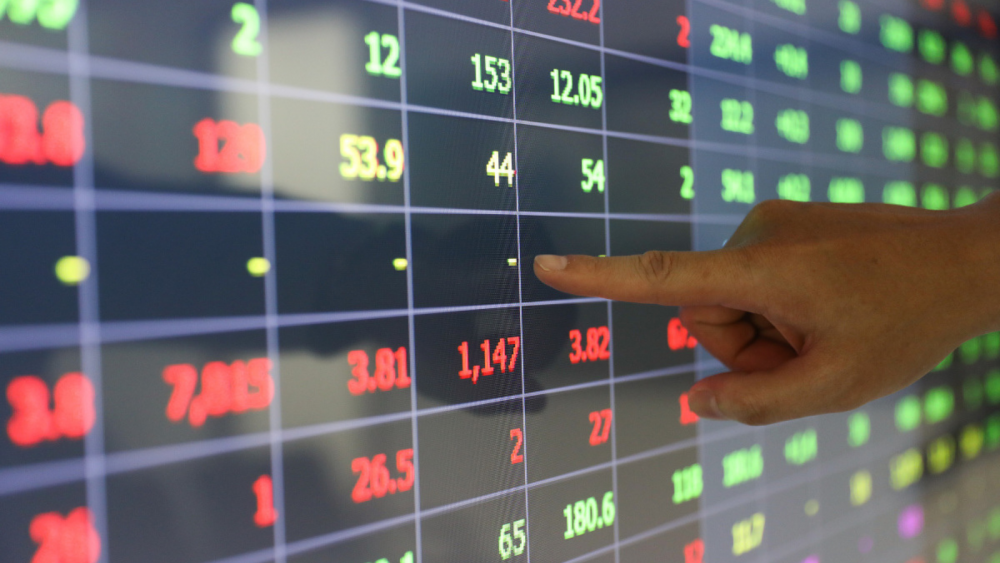 |
According to the post-merger assumption, Ho Chi Minh City's export turnover nearly doubled to 89 billion USD - accounting for 21.9% of the country; Bac Ninh after merging with Bac Giang exceeded 70 billion USD - accounting for 17.3%; Hai Phong rose to 40.9 billion USD. The total export turnover of 34 new provinces and cities after the merger reshaped the national economic map, establishing new industrial "capitals" in the North and Southeast.
In this transitional period, businesses that know how to take advantage of trends, hold clean land, and have a clear and transparent development strategy will be the destination of large cash flows. On the contrary, businesses that “borrow the wave” without a real foundation will quickly be eliminated from the priority list.
The “awakening” of industrial park real estate stocks is a clear demonstration of the connection between administrative reform and repositioning of investment capital. When land becomes a strategic asset again, wise investors will know how to choose the right time and the right stocks - to hold for the long term.
Source: https://thoibaonganhang.vn/nhom-co-phieu-bat-dong-san-khu-cong-nghiep-dang-thuc-giac-163581.html



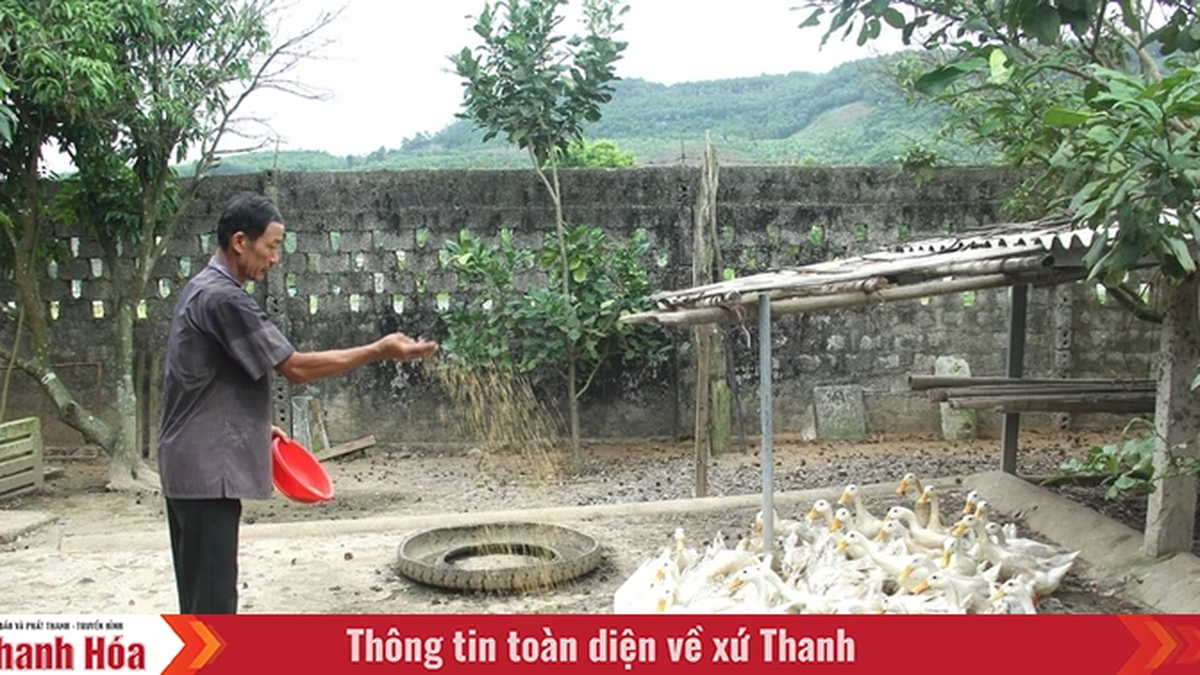
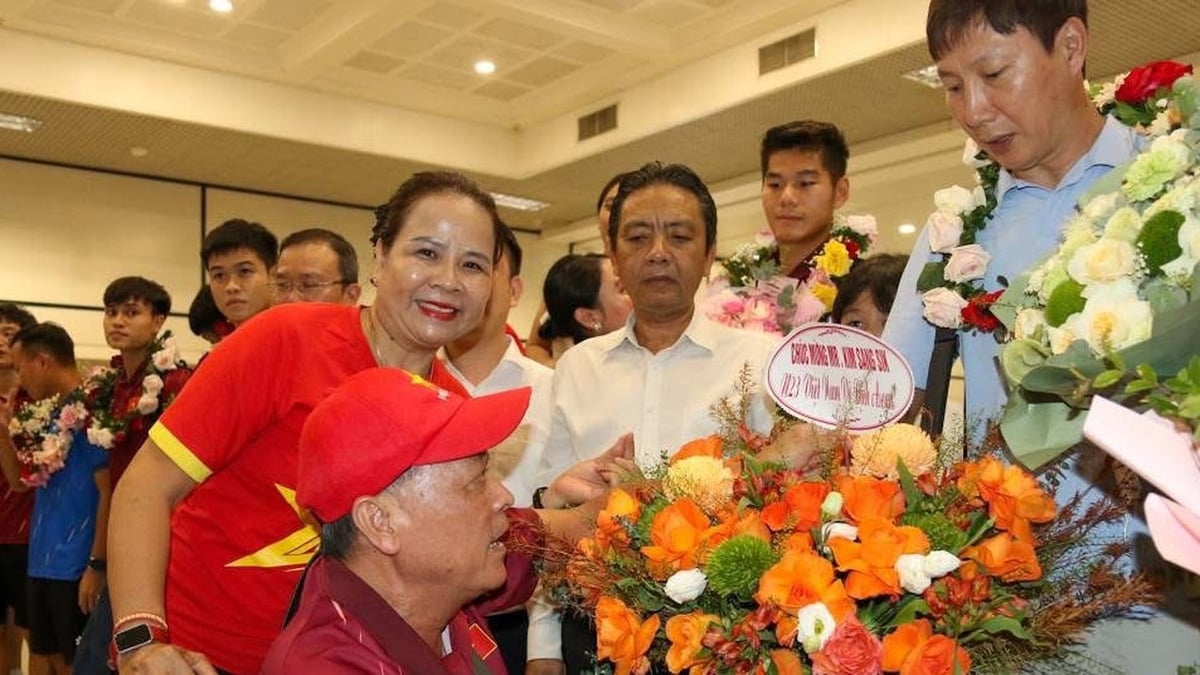





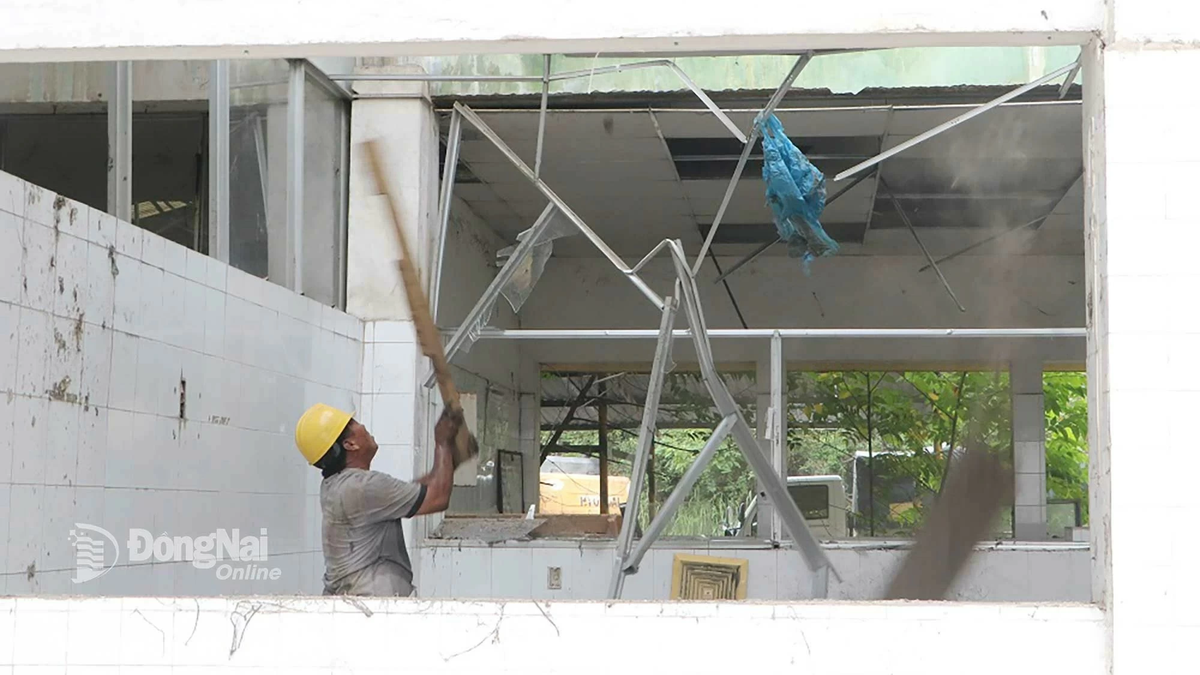














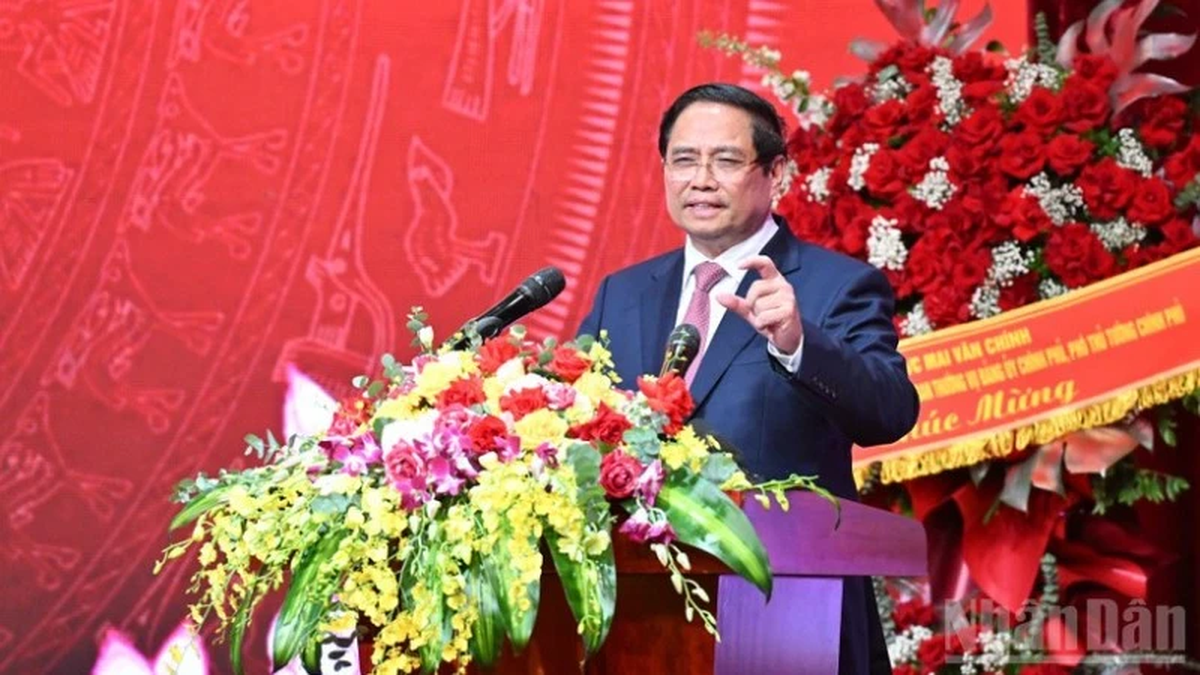


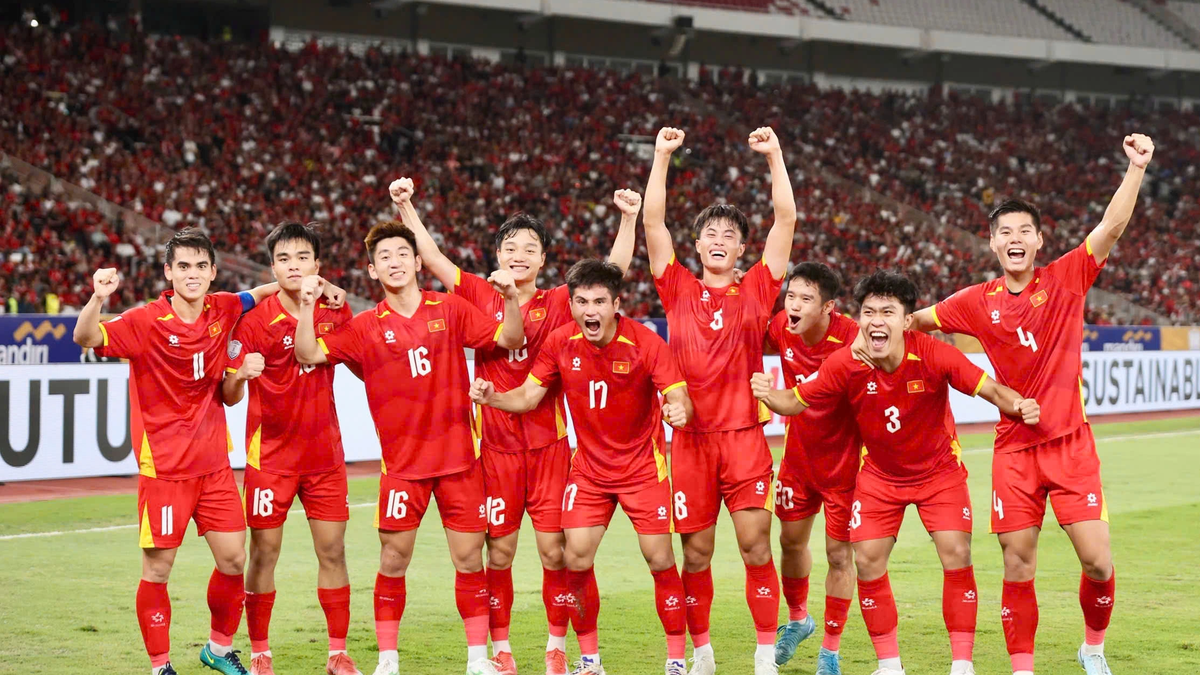

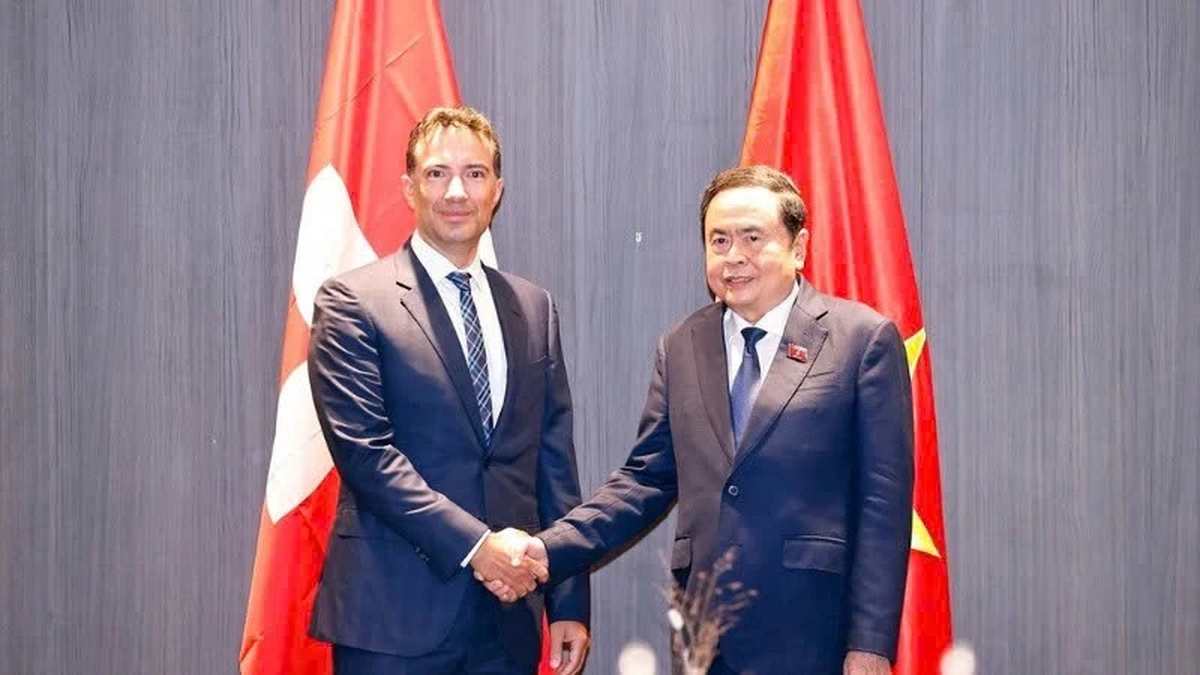

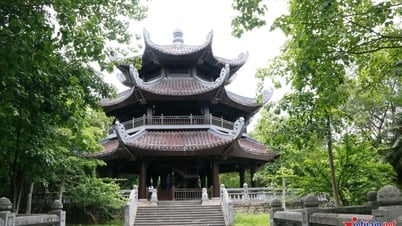



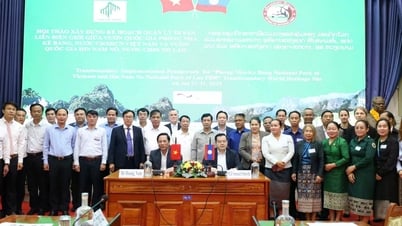




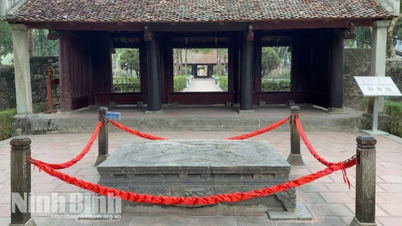














![[Maritime News] Container shipping faces overcapacity that will last until 2028](https://vphoto.vietnam.vn/thumb/402x226/vietnam/resource/IMAGE/2025/7/30/6d35cbc6b0f643fd97f8aa2e9bc87aea)


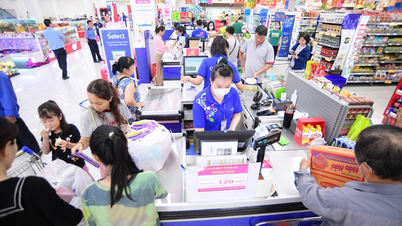




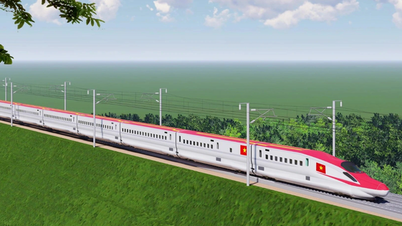




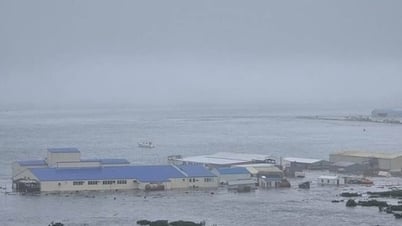



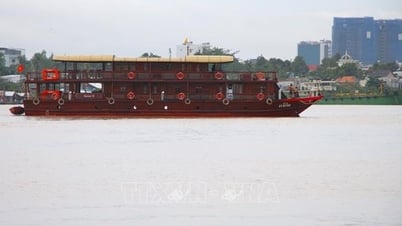

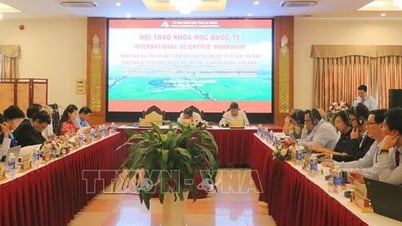

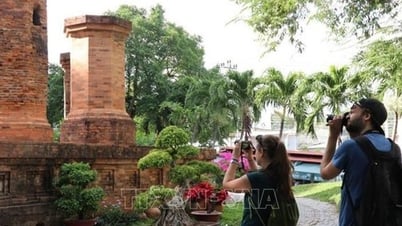












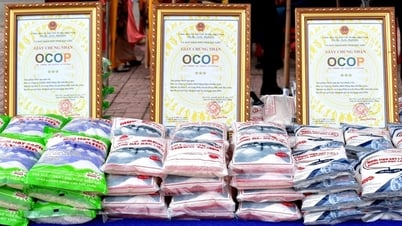


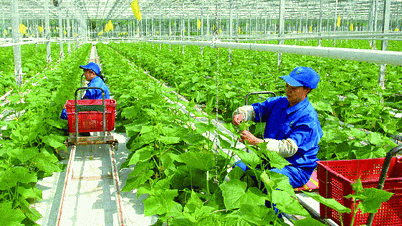




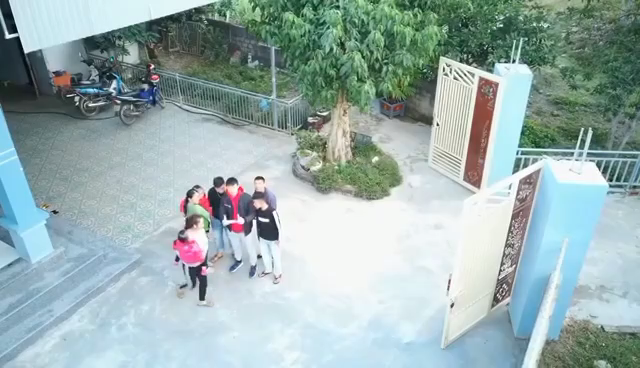


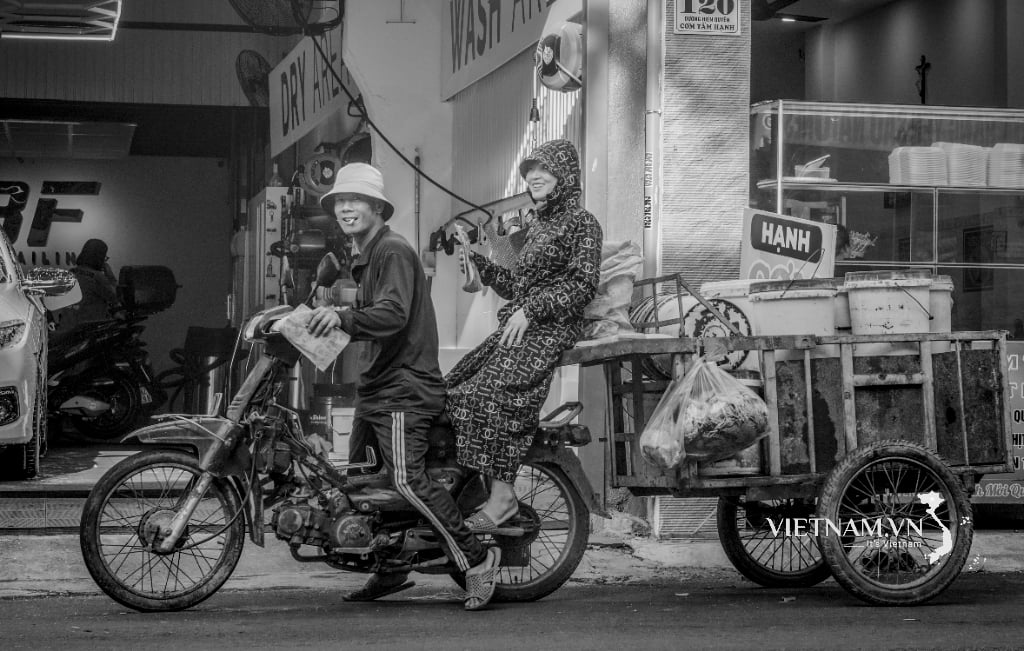
Comment (0)